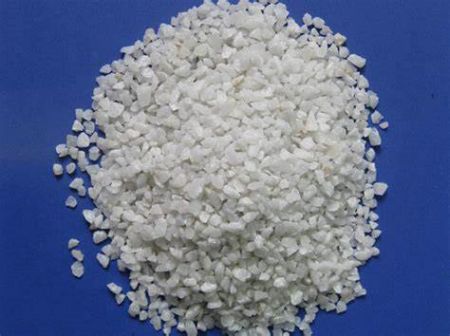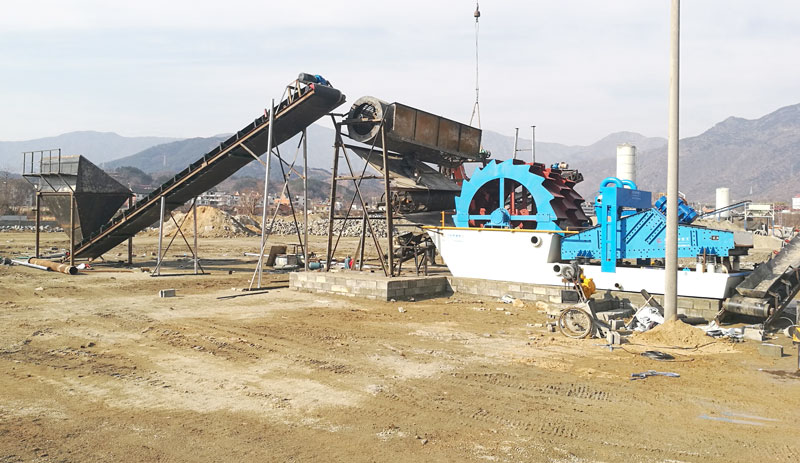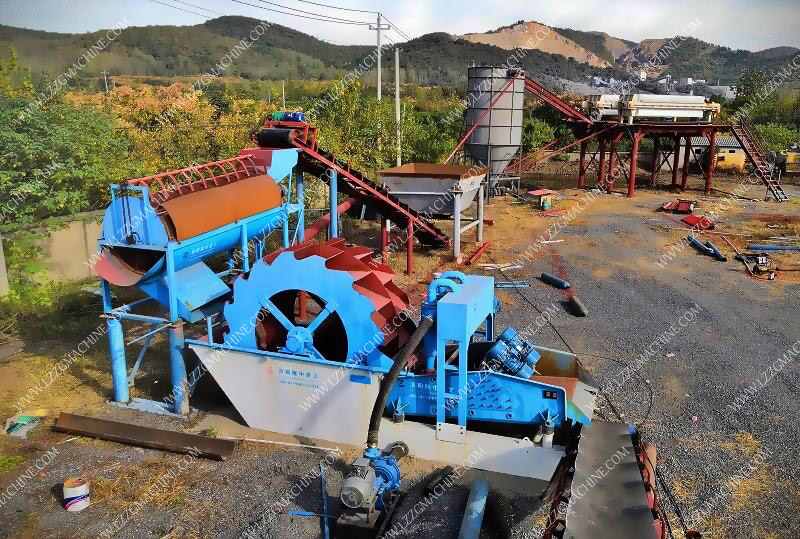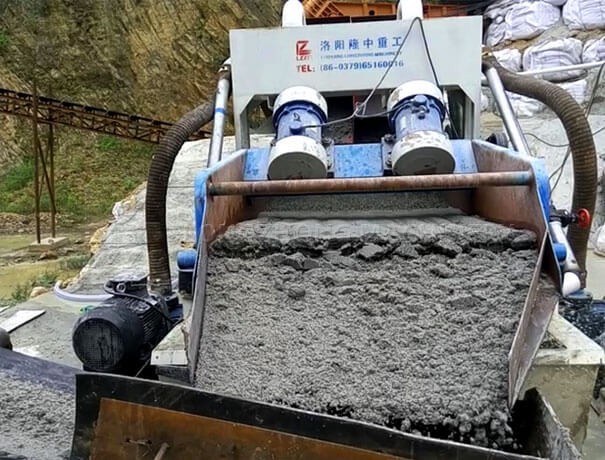Current status and characteristics of nickel ore resources in the world
 July.12,2024
July.12,2024
The world’s nickel resources are very rich, ranking fifth in the earth after silicon, oxygen, iron and magnesium. It has the highest nickel content in the earth’s core and is a natural nickel-iron alloy. The content of nickel ore in the earth’s crust is 0.018%. In the distribution of nickel ore resources in the world, laterite nickel ore accounts for about 55%, sulfide nickel ore accounts for 28%, and nickel in seabed iron-manganese nodules accounts for 17%. The world’s nickel reserves are mainly concentrated in Cuba, Canada, Russia, New Caledonia, Indonesia, South Africa, Australia and China, which account for about 83.55% of the world’s total nickel reserves. According to data released by the United States Geological Survey in 2014, the global nickel reserves are 74 million metric tons, including 18 million metric tons in Australia, 12 million metric tons in New Caledonia, 8.4 million metric tons in Brazil, 5.5 million metric tons in Brazil, 3.9 million metric tons in Indonesia, 3 million metric tons in China, and 3.3 million metric tons in Canada.

In recent years, with the rapid development and scale expansion of stainless steel, special steel and other related industries, the demand for nickel has increased rapidly, and the development and utilization of nickel ore resources have been further expanded. From 2009 to 2013, the global nickel mine output increased by an average of 17.6% per year. Among them, Indonesia accounted for 39%, the Philippines accounted for 27.7%, and the global primary nickel output increased by an average of 10.3% per year. In 2013, my country’s primary nickel output was 710,000 tons, accounting for 36% of the global output.





